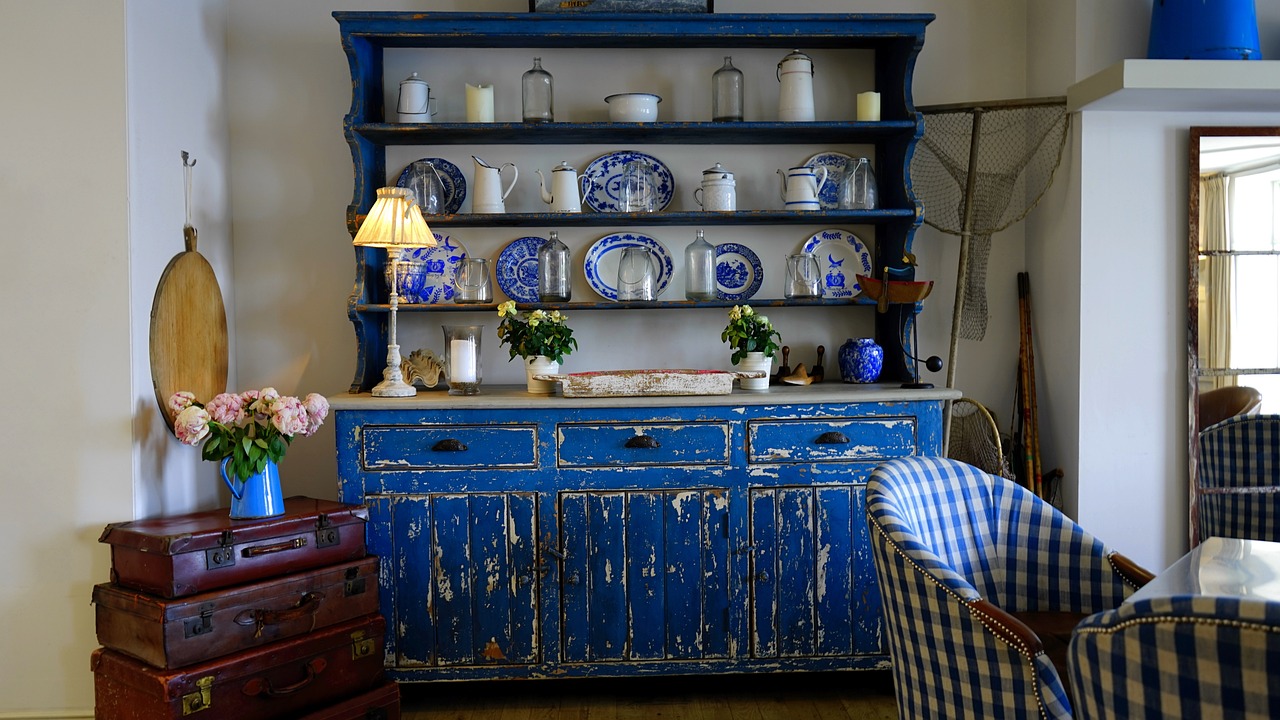Wood surfaces add warmth, beauty, and character to homes and furniture. Over time, however, they can become worn, damaged, or lose their original luster. Refinishing wood surfaces is an art that requires careful craftsmanship and expertise. This article aims to provide expert tips and guidance on refinishing, offering valuable insights and step-by-step instructions for restoring wood surfaces to their former glory.

Assessing the Condition of the Wood
Before beginning any refinishing project, it is essential to assess the condition of the wood surface. Inspect for scratches, dents, stains, and any other damage that needs to be addressed. Understanding the extent of the repairs required will help determine the appropriate refinishing techniques and materials needed for the restoration process. If the wood surface appears dry or lacks luster, it may benefit from Pure Tung Chinawood Oil, a nourishing, high-quality oil treatment. Explore the internet, where you may find www.realmilkpaint.com/shop/oils/pure-tung-chinawood/, providing insights on how you can acquire and apply this oil. This can help replenish the wood’s natural oils and bring out its inherent beauty while providing a protective barrier against moisture and environmental elements.
1. Surface Preparation: Stripping and Sanding
Stripping the existing finish is often the first step in refinishing wood surfaces. This involves removing the old varnish, paint, or stain to expose the bare wood underneath. Various stripping agents and tools are available, including chemical strippers, heat guns, and sanders. Care should be taken to follow the manufacturer’s instructions and employ proper safety precautions when working with stripping agents. After stripping, sanding the wood surface is crucial for achieving a smooth and even finish. Start with coarse-grit sandpaper to remove imperfections, then gradually progress to finer-grit sandpaper for a polished result. Sanding also helps open up the wood pores, allowing for better absorption of stains or finishes in later steps.
2. Stain or Natural Finish: Enhancing the Wood’s Beauty
Once the wood surface is properly prepared, the next step is determining whether to apply a stain or opt for a natural finish. Stains can add color and depth to the wood, enhancing its natural beauty and providing protection. Test different stains on a small, inconspicuous area of the wood to ensure the desired color is achieved. For those who prefer a natural finish, applying a clear coat or sealer can protect the wood while preserving its natural appearance. Choose a finish compatible with the type of wood and the desired level of sheen, such as matte, satin, or glossy.
3. Applying the Finish: Techniques and Tips
When applying the chosen finish, whether stain, varnish, lacquer, or oil, it is crucial to follow proper application techniques for a professional-looking result. Some key tips include:
- Apply the finish in thin coats following the wood’s grain.
- Use a high-quality brush, foam brush, or a lint-free cloth for smooth and even application.
- Allow each coat to dry completely before applying subsequent coats.
- Lightly sand between coats to remove any imperfections and ensure proper adhesion.
- Follow the manufacturer’s instructions for drying time and curing.
4. Restoration of Wood Furniture
Refinishing wood furniture requires careful attention to detail and specific techniques. Consider using a small brush or cotton swab to reach the nooks and crannies for a table with intricate details or carvings. Take extra care when sanding, ensuring the furniture’s joints and delicate areas are not damaged. For antique furniture restoration, it is advisable to consult a professional or experienced restoration specialist. They possess the expertise and knowledge to handle delicate and valuable pieces, ensuring the preservation of their historical value.
Proper wood furniture restoration involves deeply understanding different wood types, historical craftsmanship techniques, and preservation methods. Professional restoration specialists have the expertise to assess the unique characteristics of each piece, identify original finishes or features, and employ specialized restoration techniques to bring the furniture back to its original glory. They know historical restoration practices, including color matching, veneer repair, and French polishing, ensuring the table maintains its authenticity and historical value. The result is a beautifully refinished furniture piece and the preservation of its historical significance for future generations to appreciate.
5. Maintenance and Care for Refinished Wood Surfaces
Once the wood surfaces have been successfully refinished, proper maintenance and care are essential to preserve their beauty and prolong their lifespan. Some tips for maintaining refinished wood surfaces include:
- Regularly dusting the surfaces with a soft cloth or microfiber duster.
- Using coasters or placemats protects the wood from heat, spills, and scratches.
- Avoiding direct exposure to sunlight, as it can cause fading and discoloration over time.
- Using gentle, non-abrasive cleaners specifically formulated for wood surfaces.
- Periodically applying a fresh coat of protective finish to maintain the wood’s appearance and durability.
Seeking Professional Assistance
While refinishing wood surfaces can be a rewarding DIY project, certain scenarios may require the expertise of professional wood refinishers. Complex restoration projects, valuable antiques, or extensive damage may benefit from the knowledge and experience of professionals who can tackle challenging refinishing tasks with precision and care. In addition, professional wood refinishers bring a wealth of specialized knowledge and access to professional-grade tools and materials. They have the expertise to handle intricate details, delicate finishes, and unique wood types.
For valuable antiques or sentimental pieces with historical significance, entrusting the refinishing process to professionals ensures that the restoration is performed with the utmost care and respect for the piece’s integrity. Moreover, professional wood refinishers can offer valuable advice on the best refinishing approaches, recommend appropriate finishes, and provide long-lasting results that showcase the wood’s natural beauty. Their craftsmanship and attention to detail can elevate the refinishing process to a remarkable level, delivering stunning results that will be cherished for years.
Refinishing wood surfaces is a meticulous art that requires patience, skill, and attention to detail. By carefully assessing the condition of the wood, properly preparing the surface, selecting the right finish, and applying it with precision, one can restore the beauty and integrity of wood surfaces. Regular maintenance and care will ensure that the refinishing efforts withstand the test of time, allowing wood surfaces to continue to exude their natural charm for years to come. Whether reviving a cherished piece of furniture or rejuvenating the wooden features in a home, refinishing transforms worn wood into stunning works of art.